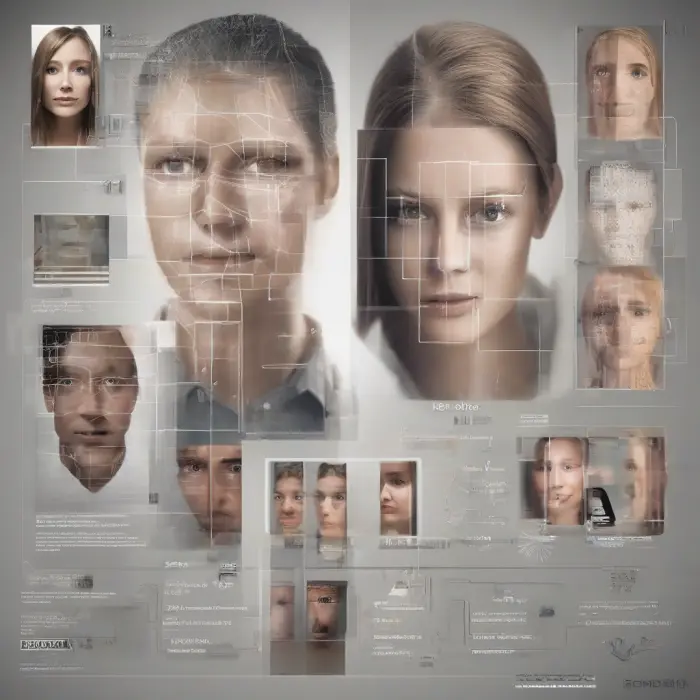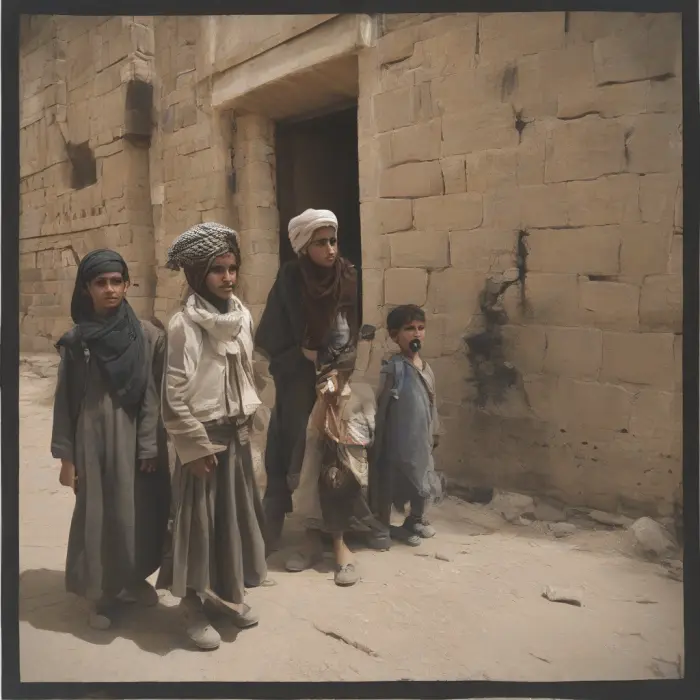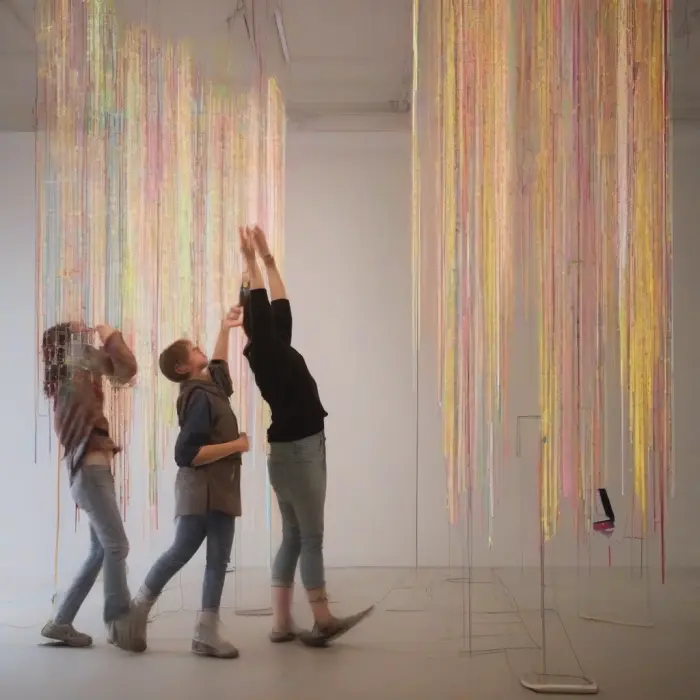Quirky Facts About the History of Magic and Illusions
Anyone who’s ever watched magic always marvels at the wonders and impossibilities presented before their eyes. But how much do we really know about its history? Let’s dive into some of the most intriguing and quirky facts about the history of magic and illusions.
The history of magic, akin to its nature, is shrouded in mystique and intrigue. It has evolved greatly, starting from primitive shamanistic rituals to technologically advanced optical illusions and grandeur stage performances offered by various contemporary magicians.
The Ancients Were Quite the Tricksters
The first recorded magic trick was found in an ancient Egyptian papyrus, called the ‘Westcar Papyrus’. A magician named Dedi apparently performed a decapitation trick involving a goose, around 2700 BCE. He took the head off a live goose, restored it, and the goose came back to life. Fascinating, isn’t it?
Cups and Balls - the Timeless Classic
Probably the oldest and most universally performed trick in the book, ‘cups and balls’ has been around since 3rd millennium BC. Found as depictions in Egyptian tombs and later mentioned in Roman literature, the trick involves balls magically transported between or vanished from underneath cups.
All Hail the Houdini
Without a doubt, Harry Houdini is one of the most famous magicians. Known for his sensational escape acts, he took on his stage name in honour of the French magician Jean Eugène Robert-Houdin. Ironically, Houdini’s initial admiration turned into rivalry, accusing Robert-Houdin of being a fraud. Not a very magical feud, but it still adds a plot twist to the world of magic.
First Female Magician
The first widely recognized female magician was Adelaide Herrmann, praised as the "Queen of Magic". Her most famous trick was the "Bullet Catch", a dangerous act not even attempted by most male illusionists of the time. Adelaide literally captured the bullet and shattered norms in one go!
Magicians in Times of War
During World War II, a British magician Jasper Maskelyne was reportedly used in an unconventional warfare unit "A Force". His task was designing illusions and camouflage methods to deceive the enemy. Not quite the usual magic gig!
From strange feuds to magicians at war, and timeless illusions – the history of magic is no less magical than the tricks themselves. So, next time you see a hat and a rabbit, remember there's a mesmerising history behind the magic.










